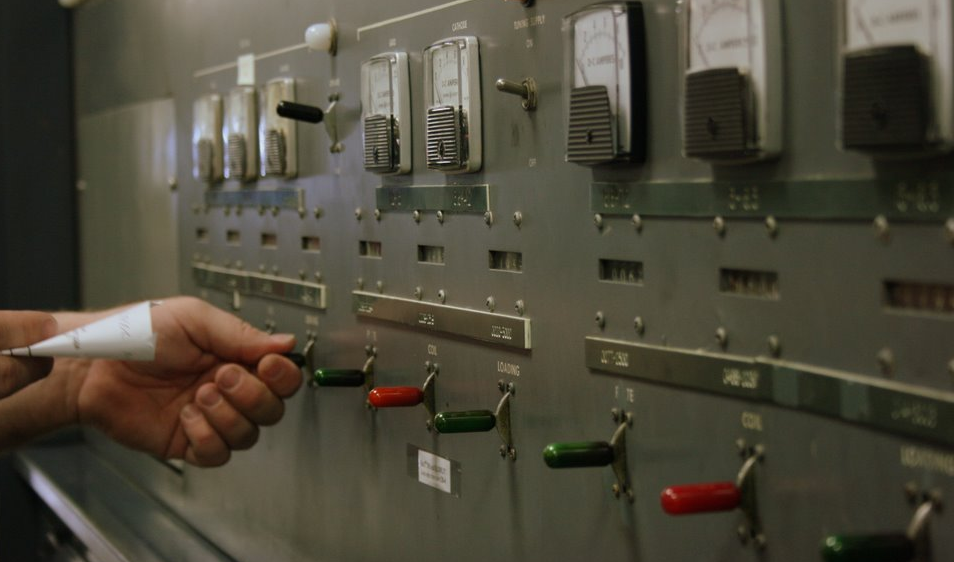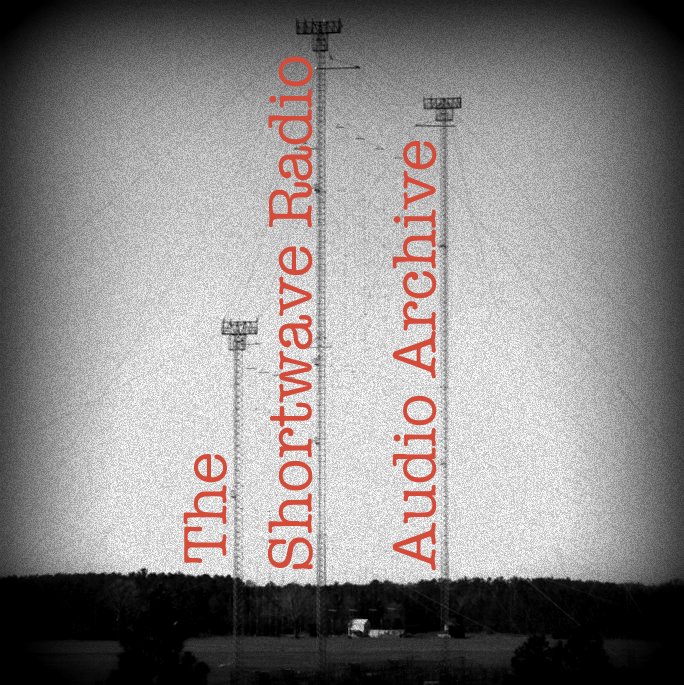Radio Nederland Wereldomroep 70th Anniversary Broadcast: April 15, 2017
/Off-air recording of the live broadcast "Radio Nederland Wereldomroep 70 jaar" by former staff members of Radio Nederland Wereldomroep from an original outside broadcast van at the Schagen Car Museum as transmitted by Shortwave Service (shortwaveservice.com) in Euskirchen, near Bonn, Germany, using several transmitters at Kall-Krekel, Germany, on 15 April 2017 from 09:00 to 16:00 UTC. The recording is in two parts: the first, from 09:00 to 13:00 UTC on 6005 kHz and the second from 13:13 to 16:00 UTC on 3985 kHz. Both transmitters have a power of 1 kW with essentially non-directional antennas.
The program, celebrating the 70th anniversary of Radio Nederland Wereldomroep (RNW), was produced and presented by former employees and is mostly in Dutch but with several English segments including archive material from Radio Nederland. After a couple of minutes of setting up, the RNW interval signal can be heard before the actual broadcast begins as was the case for all RNW broadcasts and it ends, also according to custom, with "Het Wilhelmus," the Dutch national anthem. There is a gap in the recording between 13:00 and 13:13 UTC after switching frequencies and there are some occasional audio dropouts during the broadcast. A report on the broadcast (in Dutch) can be found here:
http://www.mediapages.nl/nieuws-actueel/3180-foto-s-radio-nederland-70-jaar.
The broadcast was received by the Web-interface wideband software-defined radio at the University of Twente in Enschede, The Netherlands, with a "Mini-Whip" antenna in AM mode with 5.09 kHz total bandwidth RF filtering. Reception varied during the seven hours from very good to fair with some noise and fading.










![dhvifex3tsrrgvf3pyfi[1].jpg](https://images.squarespace-cdn.com/content/v1/51a013dee4b0a2a2d2ef73e9/1486815545629-7TVTLJ2CCZIJ84MNJTH3/dhvifex3tsrrgvf3pyfi%5B1%5D.jpg)

![Indira_Gandhi[1].jpg](https://images.squarespace-cdn.com/content/v1/51a013dee4b0a2a2d2ef73e9/1486811109572-B7IFFT0PLTFDWDLGQ3Y0/Indira_Gandhi%5B1%5D.jpg)








